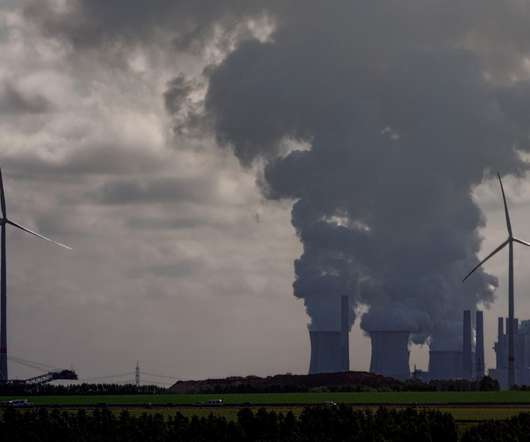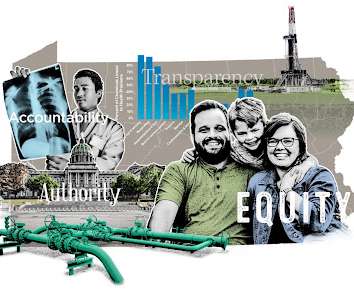The Profound Climate Implications of Supreme Court’s West Virginia v. EPA Decision
Union of Concerned Scientists
JULY 1, 2022
That’s because the case, which was about the nature and scope of EPA authority in regulating carbon emissions from existing power plants, turned on a rule that does not exist. Because while this decision does still recognize EPA’s authority to regulate greenhouse gas emissions, it simultaneously sharply curtails the agency’s ability to do so.


















Let's personalize your content